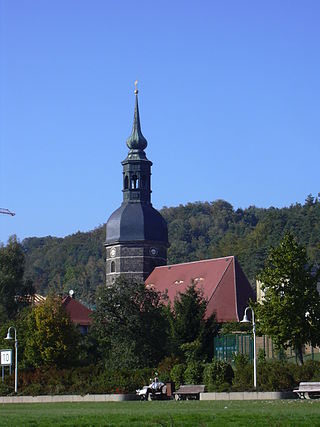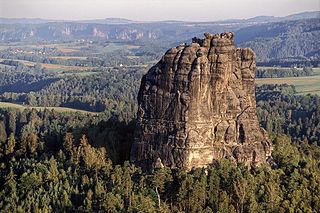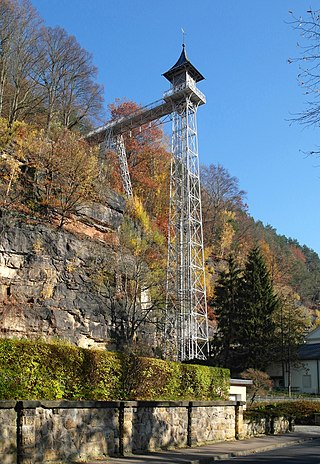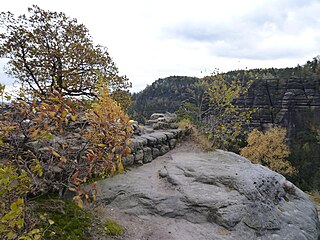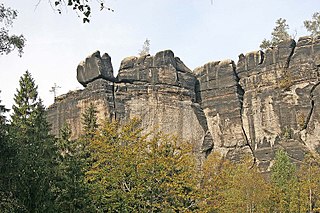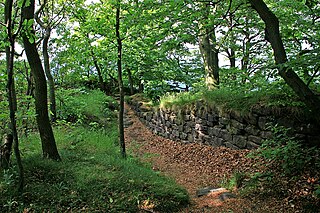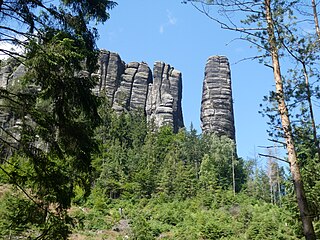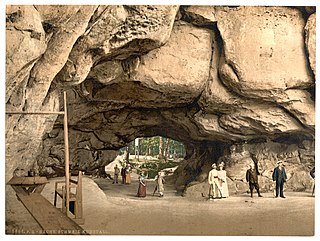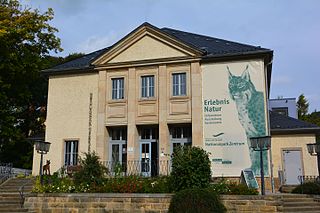10 Sights in Bad Schandau, Germany (with Map and Images)
Legend
Welcome to your journey through the most beautiful sights in Bad Schandau, Germany! Whether you want to discover the city's historical treasures or experience its modern highlights, you'll find everything your heart desires here. Be inspired by our selection and plan your unforgettable adventure in Bad Schandau. Dive into the diversity of this fascinating city and discover everything it has to offer.
1. St. Johanniskirche
St. John's Church is the Evangelical Lutheran town church in Bad Schandau. The beginnings of the church, which is located on the market, date back to the late Gothic period. It was significantly rebuilt in the 18th and 19th centuries. Inside, it houses a valuable altar from the Renaissance, which was originally created for the Dresden Kreuzkirche. Since the 1970s, the church building has been a listed building.
2. Falkenstein
The Falkenstein is one of the best-known climbing peaks in Saxon Switzerland. It is situated near the rocky Schrammsteine ridge southeast of the town of Bad Schandau. The Falkenstein is nearly 90 m high and consists of sandstone. In the Middle Ages there were fortifications on top of the rock. Even today, the steps carved into the rock are still visible.
3. Ostrauer Aufzug
The Bad Schandau Elevator is a passenger truss-tower elevator built in 1904 at Bad Schandau, a spa town in Saxony, Germany. The height of the elevator is 52.6 metres (173 ft), in an art nouveau-style steel framework tower, which has a diameter of 5.2 metres (17 ft) at the ground and at the door such of 2.5 metres (8.2 ft). On the way upward it overcomes a difference in height of 47.76 metres (156.7 ft). It functions as an observation tower.
4. Lilienstein
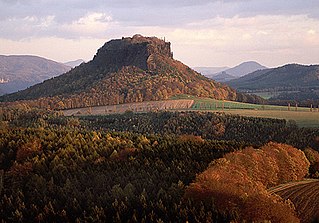
Lilienstein is a highly distinctive mountain in Saxon Switzerland, in Saxony, southeastern Germany, and was once the site of a Bohemian castle. It is one of the few table mountains on the east of the river Elbe and constitutes the symbol of the Saxon Switzerland National Park.
5. Winterstein
The Winterstein, also called the Hinteres Raubschloss, is an isolated, elongated rock massif in the hinterland of Saxon Switzerland in East Germany. On the summit there was once a medieval castle, also called Winterstein, of which remains such as rebates for timber beams, hewn-out steps and cisterns are still visible.
6. Frienstein
The Frienstein, also called the Vorderes Raubschloss, is a rock formation, about 130 metres high, in Saxon Switzerland. It lies on the northern slopes of the Großer Winterberg in the Affensteine rocks. On the rock there was once a watchtower of the Barony of Wildenstein. Today the Frienstein is a popular climbing peak.
7. Burg Lilienstein
Lilienstein Castle is the ruin of a hilltop castle on the 415-metre-high Lilienstein near the Waltersdorf district of the town of Bad Schandau in the Sächsische Schweiz-Osterzgebirge district in Saxony.
8. Bloßstock
The Bloßstock, 351.6 m above sea level, is a striking rock and climbing peak in the Affensteine in Saxon Switzerland. It forms the northernmost elevation of the Affensteine and is separated by a deep notch from the Kreuzturm to the south and the adjoining rocky reef of the Langer Horn. The 79.5 m high north face drops almost vertically, making the rock a landmark visible from afar in the rear Saxon Switzerland and described as one of the most imposing rock towers in the area.
9. Kuhstall
The Kuhstall is the second largest natural arch in the Elbe Sandstone Mountains after the Pravčická brána. It is located on the Neuer Wildenstein, a 337 m high rock outcrop in the hinterland of Saxon Switzerland, south of the Lichtenhain Waterfall and above the Kirnitzsch valley. It is crowned by the 15th-century castle of Wildenstein. The arch is 11 metres high, 17 metres wide and 24 metres deep.
10. Nationalparkzentrum
The Saxon Switzerland National Park Centre, originally the Peace Cinema, is a neo-classical building from 1953 in the Saxon spa town of Bad Schandau. From 1954 to 1991, the building served as a cinema, and since 2001 it has been used for the Saxon Switzerland National Park.
Share
How likely are you to recommend us?
Disclaimer Please be aware of your surroundings and do not enter private property. We are not liable for any damages that occur during the tours.
